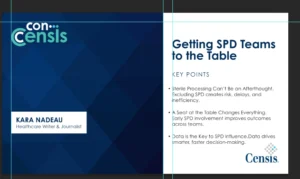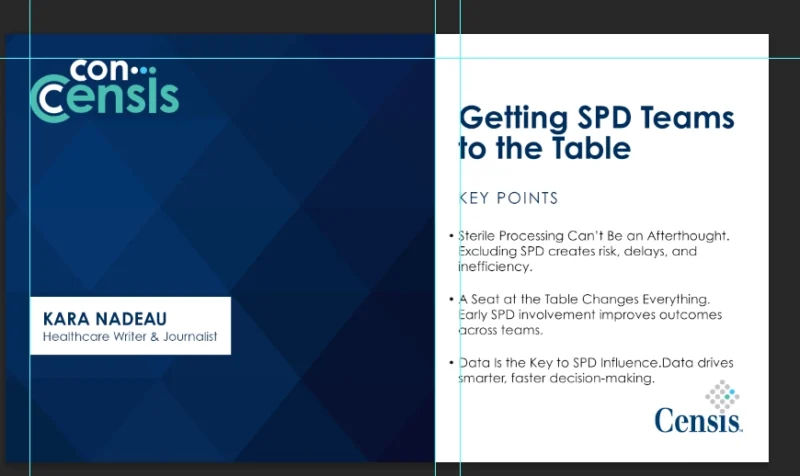The Enforcement of Hospital Pricing Transparency and its Downsides
When it comes to healthcare pricing at hospitals, despite a law in place that requires the listing of procedure costs — they haven’t always been easily accessible. But the Center for Medicare and Medicaid Services (CMS) is now enforcing that rule with some pricey penalties.
The discussion surrounding pricing transparency is not new and has been a subject often debated by many health professionals. It is particularly in place to allow patients to get a better idea of how pricing might differ from facility to facility, or in other words, help them shop around for better prices, said Kevin Stevenson of the podcast, “I Don’t Care.”
“We’ve been talking about pricing for a long time. The biggest benefit for consumers is the ability to be able to compare different facilities on various services that a consumer might need,” said Stevenson. “Once you integrate pricing the comparisons in with quality information, which is fairly readily available now, then the consumer gets a better handle on, “Okay, what is this going to cost me and what facility is the best facility for me to have my procedure, surgery, or whatever.”
Having gone into effect on the first day of 2021, the pricing transparency law requires a hospital to have standard charges available for consumer view in regards to certain procedures at their facilities.
According to ModMed, transparency in pricing allows for more patient awareness and creates a relationship of trust between the patient and their provider. The clarity in transparency makes for precise and upfront costs.
Before that, pre-existing laws were demanding the same, but hospitals were given a lot of freedom in not listing due to the lack of enforcement. But that’s all changed now, added Stevenson.
“The federal government has stated that healthcare providers have to provide information on pricing for at least 300 different procedures that they provide, and there are 70 that are pretty well locked in that you have to list your cost on those,” said Stevenson.
Along with the required listing, not listing won’t go ignored as the CMS is taking charge in ending that. “That’s been on the books for a couple of years now, but this year there’s finally been some teeth behind the enforcement,” he said. Stevenson also mentioned two hospitals that are the first examples of this penalty.
Last month, the CMS fined two hospitals in Georgia for not complying with pricing transparency, per The Washington Post. They have to cough up over $1 million in fees for disobeying the law.
But despite the hefty fine, many hospitals were still not complying with the law, says Roll Call. According to Becker’s Hospital Review, less than a quarter of hospitals complied with pricing transparency early this year.
Aside from the benefits of knowing the costs, consumers can see just how varied pricing can be and why transparency is needed. Some facilities might charge sky high for what another facility could charge an easy out-of-pocket price.
Stevenson highlighted that at two different Texas facilities, an MRI without contrast had a listed cost of just three dollars. At the same time, another facility was offering the same procedure for a whopping $250,000.
He added that examples of such wide price variations in healthcare will confuse consumers trying to understand how pricing is decided. But Stevenson also noted a downside to the listings. He stated that while pricing transparency is supposed to assist consumers in their decision-making, apparently it opens the door for another sketchy, profit-making opportunity.
“What’s going on now is you’re seeing managed care providers and you’re seeing competing facilities, take a look at this data and then use that in negotiations. The intent of this is to help consumers make better choices but it’s actually being used almost in a business, counter-intelligence, and espionage way,” said Stevenson.









